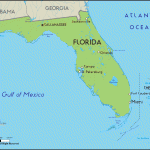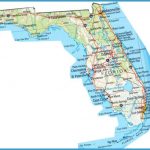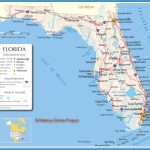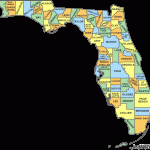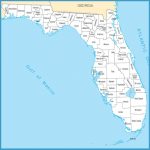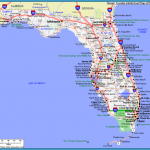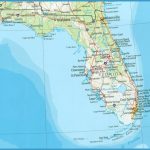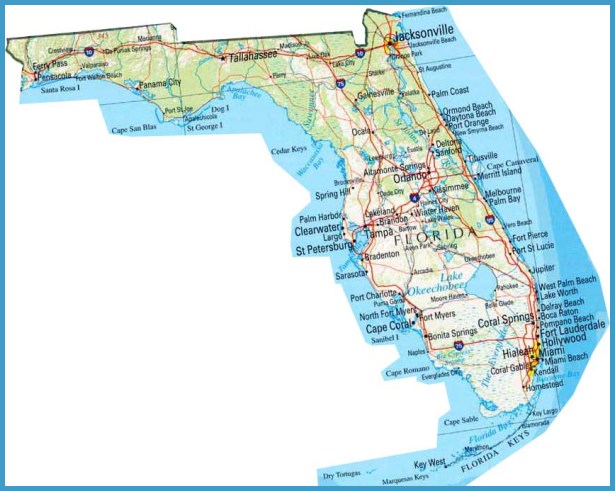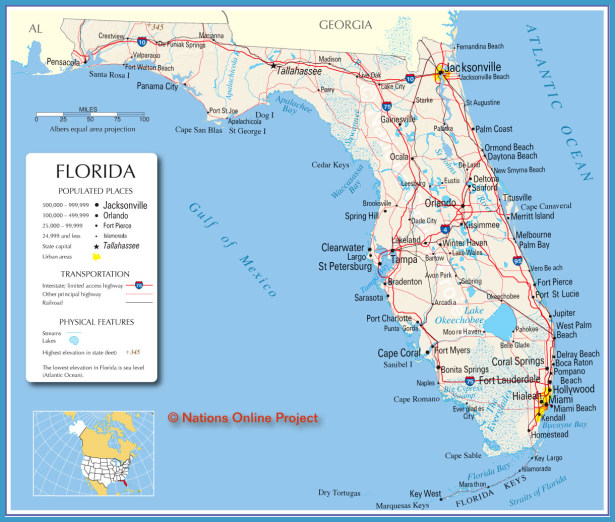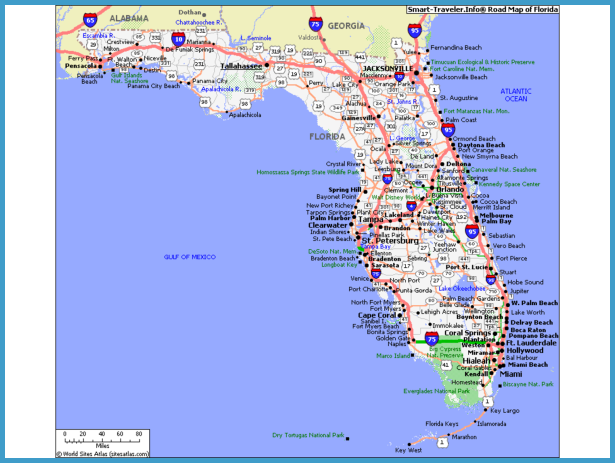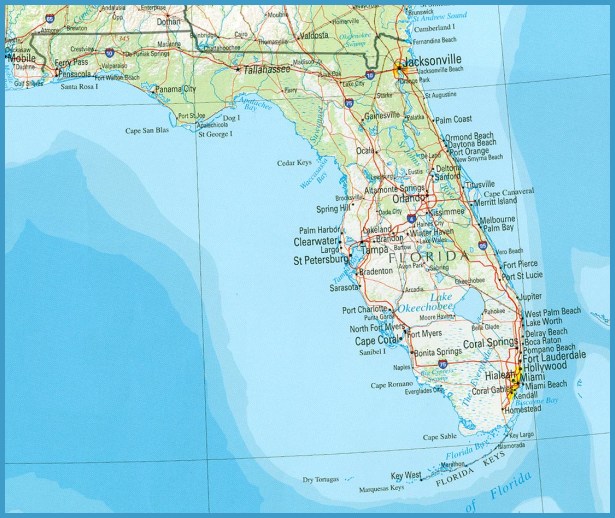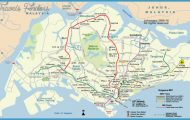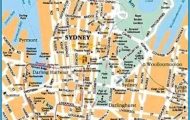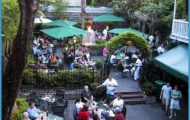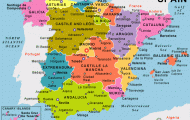Spanish Colonial Florida (1513-1763)
Unlike other parts of the Spanish imperial project in the Americas (such as Mexico, Peru, and the Caribbean), which were important for large Indian populations as tax and labor bases, silver deposits, or as sugar plantation sites, Florida never offered the Spanish Empire much of anything. Its principal purpose was as a territorial buffer between the lucrative trans-Atlantic silver fleet system, which disembarked from Havana before heading to Seville, and the imperial pretensions of the French and English in the Carolinas and Louisiana. Nor were the climate, land, or Indian populations much help in this regard. Hurricanes, swamps, mosquitoes, floods, and vicious semitropical sun all combined to make Florida less than salubrious. The Indian populations were largely composed of hunter-gatherer groups and as such, unlike the Mexicans and Andeans, offered little financial incentive for ambitious conquistadores or hacienda owners. Despite these drawbacks, Florida exerted a powerful tug on the collective imagination of early Spanish explorers. Juan Ponce de Leon, the former leader of the conquest of Puerto Rico in 1506 (and Puerto Rico’s erstwhile Spanish governor) led the first Spanish expedition into Florida, in the now-famous search for the fountain of youth. He never found gold (or, it seems, the fountain of youth) but was named adelantado (governor) of Florida by the Crown in 1514. Delayed by administrative and family events in Spain (his wife had died) Ponce de Leon returned to Puerto Rico. In 1521, amid reports of Hernan Cortes’s spectacular victory over the Mexican Empire, Ponce de Leon led a new expedition to Florida with some 200 settlers, missionaries, horses, and domestic animals, but on landing in Florida (probably in San Carlos Bay) he was wounded by an arrow shot by hostile Indians, fled to Cuba, and died of infections from the wound.
Ponce de Leon’s experience in Florida would prove ominously predictive. For over 200 years the Spaniards struggled to make Florida a Spanish possession in the style of Cuba, Puerto Rico, Mexico, or Peru, and as a whole the effort was largely fruitless. Even by 1700 the Spanish population in Florida had not yet risen above 2,000. By contrast many of the larger Spanish cities alone in the Americas had Spanish populations well above that Mexico City may have had as many as 50,000 Spaniards by the end of the eighteenth century.5
The Americas, for Spain, were important for both global and economic reasons. Although Spain had little difficulty keeping most of its possessions in the core areas of its American holdings (in Mexico and the Andes, for example), the peripheral and transitional regions were more susceptible to foreign intrusions and trade. The Spanish Crown established a mercantile trade system or closed sea in which only certain trade ports were licensed and in which free trade between nations was prohibited. This meant that Seville was the home port for all of the Spanish American trade a highly lucrative international trade in American silver, European cloth, Chinese silk, and Asian spices, among other items. In the Americas, Lima, Panama, Veracruz, and Havana were the principal ports of entry or embarkation. Given the currents and winds of the Caribbean, and the need to transport the vast amount of silver coming from Zacatecas in Mexico and Potosl in upper Peru, Havana became the final port in the eastward flow of bullion. Ships laden with silver from the Caribbean ports of Panama and from Veracruz in Mexico would meet in Havana for provisioning and ship repairs; Havana also quickly became an important shipbuilding city. Having provisioned in Havana, the silver fleets traveled under military escort to Seville.
After Ponce de Leon, Panfilo de Narvaez and then Hernando de Soto made unsuccessful explorations in Florida, leading to no real permanent settlement. It was not until 1565 that Pedro Menendez de Aviles was awarded a contract as adelantado of Florida. Virtually all conquest in the Americas by the Spanish was privately funded. Like Cortes and Ponce de Leon, Menendez de Aviles put up the lion’s share of the funding for conquest endeavors in the hopes that conquest and victory would bring untold wealth, fame, fortune, and power. This system was based on the old medieval system of patronage, in which vassals risked their fortunes and lives in exchange for titles of nobility and lands from the Crown. Menendez de Aviles’s Florida venture fit this pattern.
Menendez de Aviles had convinced the Spanish Crown to grant him the title of adelantado (governor). It helped his cause that the French (many of whom were Protestants and therefore anathema to the Catholic king Phillip II of Spain) had set up forts on the Florida coast. Menendez de Aviles went to Florida with 10 ships and 1,000 men and made landfall in St. Augustine on September 8, 1565. Thus began the first permanent Spanish settlement in Florida.
The Spanish presence was haphazard and spotty. Unlike conquest efforts in the Caribbean, which turned up gold, or in Mexico, which turned up large imperial societies with vast tax and labor base populations, Florida offered little. Nevertheless, over the next few years Menendez de Aviles, along with his wife dona Marla de Solis, set up a string of semifortified Spanish towns. As with Peru and Mexico, a good portion of the Spanish settlers came from the relatively poor province of Extremadura and from upper Andalucla.6 Like Pizarro, who was famously illiterate and viewed by his Old World rivals with scorn, the settlers of
Florida were social climbers, looking to move up the socioeconomic food chain from their relatively meager Spanish origins. Those at the top, like the adelantado and his household, would enjoy expensive Ming dynasty porcelain (imported from China via Manila and Acapulco), gold embroidery, marzipan from Toledo, dates, almonds, and, most assuredly, to remind themselves of their Spanish pedigree, vinegary wine from Spain.7
But these were isolated households.

